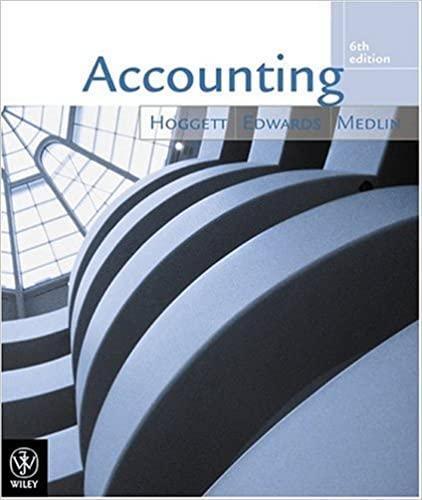please show steps

please show steps
Short Answer [50 points]. In space provided, answer the following questions. For each question show all workings/steps to receive full credit. Just putting the answer down will result in a fraction of the overall points, even if the answer is correct. Use up to 4 decimal points during caiculations and report up to 2 decimal points with the final answer. Question Barbara loves reading historical nonfiction books and listening to clastical music from the late 19 th century to early 20h century. Her utaily from consuming books and music is described by the following utility function: U(B,M)=4B0.5+M, where B represents the number of historical nonfiction books and M represents the number of classical music pieces. Her compensated demand functions for books and music are: B=PG4PM and M=UPBaPM. Finding these goods (historical non-fiction books and classical music) can be challenging. However, she found a virtual store that rents electronic copies of these books and provides access to classical music. She uses Y, a fraction of her monthiy wages to purchase monthly access to these goods. The rental price of books is P8 and the access price of music is Pm. Consider that B is on the x-axis. [a.] What are Barbara's uncompensated demand functions for historical nonfiction books and for classical music pieces? [6] [b.] What can you say about how Barbara sees the relationship between books and music?[4] Currently, the price of books is $6.00, and the price of music is $12.00. Consider that Barbara uses $168 from her monthly wages to purchase access to these goods. [c.] What is Barbara's current optimal bundle of books and music? [4] [d.] What is Barbara's current level of utility? [4] Now consider that with all other factors held constant (ceteris paribus), commercial access to an online domain has improved and now there are more sellers in the market providing access to historical nonfiction books. This increase in the number of sellers has led to a change in the rental price of books, PB. Specifically, PB has changed to either $8.00 or $4.00. [e.] Which price, $8:00 or $4:00, likely represents the new rental price of books? [f.] What is Barbara's new optimal bundle? [g.] What is Barbara's new level of utility? [h.] What is Barbara's substitution effect for books that resulted from the price change? [i.] What is Barbara's income effect for books that resulted from the price change? [j.] What is Barbara's substitution effect for music that resulted from the price change? [k.] What is Barbara's income effect for music that resulted from the price change? [I.] What is the change in Barbara's consumer surplus in the market for books that is associated with the price change? Briefly explain what this means. Short Answer [50 points]. In space provided, answer the following questions. For each question show all workings/steps to receive full credit. Just putting the answer down will result in a fraction of the overall points, even if the answer is correct. Use up to 4 decimal points during caiculations and report up to 2 decimal points with the final answer. Question Barbara loves reading historical nonfiction books and listening to clastical music from the late 19 th century to early 20h century. Her utaily from consuming books and music is described by the following utility function: U(B,M)=4B0.5+M, where B represents the number of historical nonfiction books and M represents the number of classical music pieces. Her compensated demand functions for books and music are: B=PG4PM and M=UPBaPM. Finding these goods (historical non-fiction books and classical music) can be challenging. However, she found a virtual store that rents electronic copies of these books and provides access to classical music. She uses Y, a fraction of her monthiy wages to purchase monthly access to these goods. The rental price of books is P8 and the access price of music is Pm. Consider that B is on the x-axis. [a.] What are Barbara's uncompensated demand functions for historical nonfiction books and for classical music pieces? [6] [b.] What can you say about how Barbara sees the relationship between books and music?[4] Currently, the price of books is $6.00, and the price of music is $12.00. Consider that Barbara uses $168 from her monthly wages to purchase access to these goods. [c.] What is Barbara's current optimal bundle of books and music? [4] [d.] What is Barbara's current level of utility? [4] Now consider that with all other factors held constant (ceteris paribus), commercial access to an online domain has improved and now there are more sellers in the market providing access to historical nonfiction books. This increase in the number of sellers has led to a change in the rental price of books, PB. Specifically, PB has changed to either $8.00 or $4.00. [e.] Which price, $8:00 or $4:00, likely represents the new rental price of books? [f.] What is Barbara's new optimal bundle? [g.] What is Barbara's new level of utility? [h.] What is Barbara's substitution effect for books that resulted from the price change? [i.] What is Barbara's income effect for books that resulted from the price change? [j.] What is Barbara's substitution effect for music that resulted from the price change? [k.] What is Barbara's income effect for music that resulted from the price change? [I.] What is the change in Barbara's consumer surplus in the market for books that is associated with the price change? Briefly explain what this means
 please show steps
please show steps please show steps
please show steps





